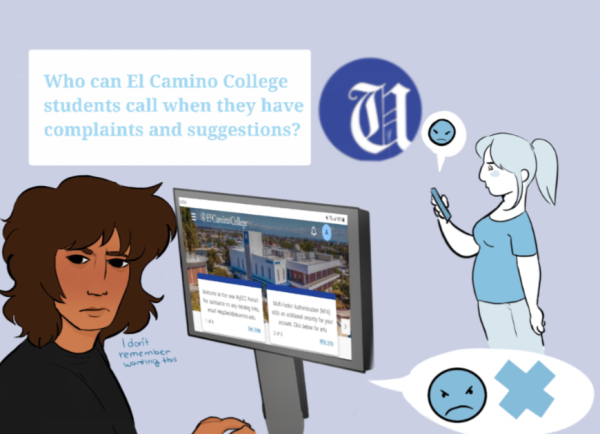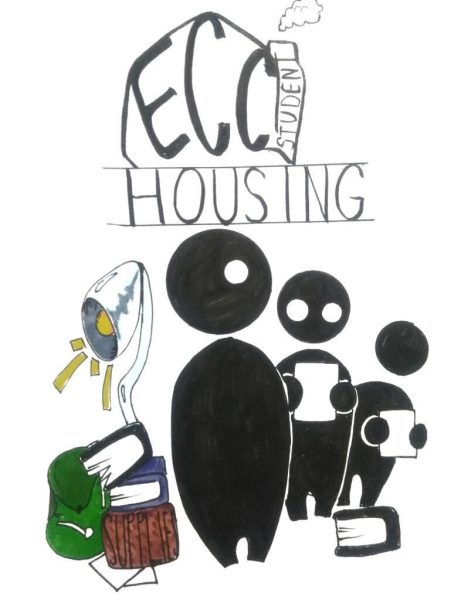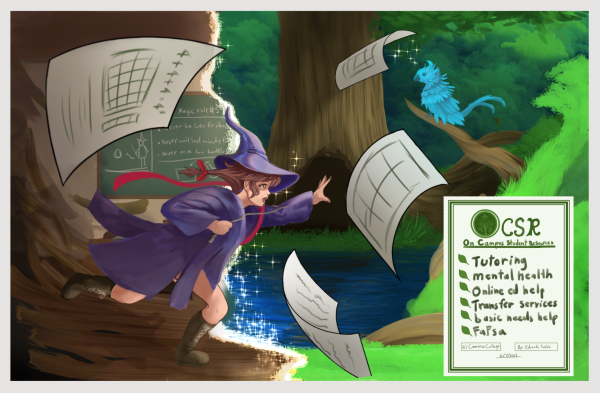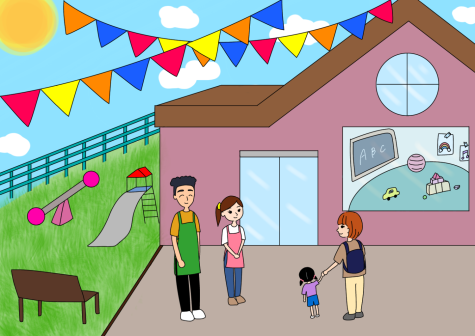Editorial: Hear ye, hear ye, said no one ever
When one thinks of an election, what comes to mind? Lawn signs? Political rallies? Presidential debates?
The specifics always vary, but no matter how toxic or endearing, topical or substantive our elections end up being, they unfold step by step in the public eye. It’s this openness that legitimizes any claim to democratic tradition.
It was to the Union’s bewilderment, then, that it learned of the Associated Student Organization’s (ASO) election last Tuesday, day two of a three-day event months in the making.
Was our surprise justified? We think so.
Evidence of this election is most conspicuous on ASO’s official website, where they prominently display links for an election calendar, petition, and guidelines.
This information’s intended visibility, however, is undermined by its unfortunate location: an outdated webpage. Currently, the site still advertises the group’s fall 2013 meetings, lists past cabinet members, and the most recent meeting minutes stretch back into January.
For how long should students return, day after day, to outdated information about their own government before they give up and seek that information elsewhere? Three months? Four?
Any claim that ASO’s website is the go-to place for election information is seriously challenged by the notion that it hasn’t been a reasonable source of any information in months.
What about something ASO’s officers directly control? Social media: accessible for organizers and more relevant for their constituents.
Their most visible attempt was a public event on Facebook titled “ASO elections,” but it hardly represents a concerted public relations effort. 38 people were invited, many of the ASO officers or candidates; five guests bothered to click “attending,” all of them current ASO members.
Past a Facebook event that more closely resembled an internal memo or private dinner invitation than a call to the voting booths, the Union could find no Twitter, Instagram, or WordPress account announcing EC’s free elections.
The story of ASO’s inability to reach out to EC students has one last chapter: the official election results.
The next student body president-elect and the candidate with the most votes currently on record, Rafeed Kahn, received 157 votes. For reference, in February the college estimated its spring 2014 student body to be approximately 8,200 students. That means in its latest election, ASO managed a voter participation rate of around 2 percent.
Is this lack of civic participation entirely ASO’s fault? Certainly not. Young voters turn out at demonstrably lower rates and schools with a large commuter populations can often struggle with student involvement.
These trends, however, should be all the more reason for ASO to aggressively publicize its elections, not resign itself to the presupposed apathy of the students they’re trying to represent.
A year ago, in its May 16 issue, the Union implored ASO on this very same issue: to clearly and loudly announce its elections and introduce its candidates. 12 months later, our position is the same, even if it means reaching out and asking to use this paper as a megaphone.
If anything is worth the pomp and circumstance, it’s a democratic election.













